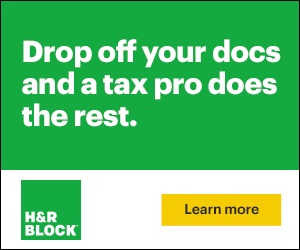A sudden job downgrade or an expensive medical bill could leave you desperately looking for an immediate source of income.
Your 401(k) should be the last place you look for quick money. But if you’ve exhausted all other options, and your employer plan allows hardship withdrawals, you might have no choice but to tap in to your 401(k) retirement plan to help ease your financial burdens. Before you do:
- Comb the fine print in your 401(k) plan to find out what qualifies as a hardship. Usually it must be an immediate and heavy financial need pertaining to certain expenses.
- Find out if you are eligible to take a hardship withdrawal. The IRS says you must exhaust other, specific options first.
- Learn how much money is available to you. It’s usually restricted to the amount you have contributed to the plan, without earnings, but not always. Be aware that:
- For at least six months after you receive the withdrawal, you may not make new pretax contributions and you’ll miss out on all or some employer matches during that time.
- You will have to pay taxes on the amount you receive, based on your tax bracket.
- If you’re younger than 59½ years old, you will have to pay a 10% early withdrawal penalty. However, the stimulus bill passed in January 2021 included a modification to the CARES Act, and temporarily waived the penalty on coronavirus-related distributions.
- In addition to the penalty, your plan might charge a fee to take a hardship withdrawal.
Don’t go into this without understanding the consequences. First and most important is that you’ll forgo the compound earnings you’d otherwise enjoy in retirement. To drive this home, say you are 30 years old, in the 25% tax bracket, and want $10,000 to pay for your tuition this year. You will have to pay an employer withdrawal fee, an IRS early-withdrawal penalty, and taxes; and you’ll have to stop making elective deferral contributions for six months. The end result: You could come short approximately $194,000 when you retire—assuming you miss a 7% annual rate of return.
In some situations, it is worth taking the hardship withdrawal, but it should be your last resort. Consult with your HR department and your tax and financial advisers; and evaluate your alternatives with a Coosa Valley Credit Union loan officer.



























